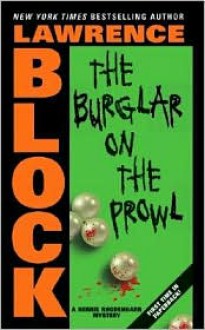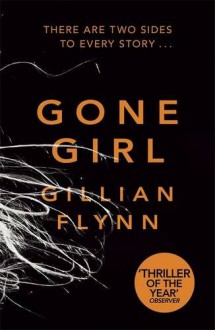
This is a tough one to review. Not because my reaction to the read wasn’t particularly clear –it was– but because my good friends over at Shelf Inflicted and I differ significantly in our opinions.
No doubt, most of the issue is simply motivations and taste; why we read and what our preferable types are. I tend to love both complexity and subtlety, and my diversionary reads need to come with straight-up happy endings. As the child of police officers, I find violence all too common in real life. As a person in the medical field, I get more than my share of orifices, body fluids and death. As a female, I find domestic violence, emotional manipulation and rape horrifically common. So I prefer escapism when I read, not wallowing in evil and desperation.
Let me begin:
Blackbirds is Pulp Fiction without the dancing, No Country for Old Men without fine acting, and Transporter Three without Jason Stratham or a European setting. Written more like an action movie script, it is one of the least subtle books I’ve read in awhile. About the only redeeming aspect for me was the concept of being able to foresee someone’s moment of death.
Miriam is a young woman who sees people’s death moments. She uses her knowledge to steal basic necessities and fuel her life on the road. We meet her in a dirty hotel room as she rolls a dying epileptic for his wallet (yeah, Chuck, you can’t really swallow your tongue, but way to go for the dramatic image). But don’t worry–he’s a pig who picks up whores and beats on them, so it’s all okay. Back on the road, she’s harassed by two frat boys, then runs into a trucker who offers to help. Once she sees herself connected to the trucker’s death, she decides to run from Destiny. Or will she try to change it?
Writing style is simplistic, direct and non-complicated. Wendig relies on sentence fragments, emphasizing the script-like feel. Mood is grim, all dark imagery, full of grime, with a preoccupation of body orifices and fluids common in teens and college movies:
“She clicks the lamp by the bed. Piss-yellow light illumines the ratty room.
A roach sits paralyzed in the middle of the floor.
‘Shoo,’ she says. ‘Fuck off. You’re free to go.’
The roach does as it’s told. It boogies under the pull-down bed, relieved.“
“Inside, the bar is like the unholy child of a lumberjack and a biker wriggling free from some wretched womb. Dark wood. Animal heads. Chrome rims. Concrete floor.“
There is little subtlety here, and the story line is movie blockbuster with loads of excessive violence, simplistic plotting and character stereotypes. Just how stereotypical? Well, although the main character is a woman, it clearly fails the Bechdel test.
The characters: Sex ruined someone’s life. There’s a sociopath who plays with bones. Frat boys who want to beat on women. Machismo bar flies. A woman who is made into a sociopath through devotion to a man. A woman refusing sex who then has an amazing orgasm (second most common rape mythever). An “overly religious mother” who mentally abuses her child. A thug with a change of heart. A widower who regrets a spouse’s death. Yawners: Wendig doesn’t have to do much with characterization because he lets the reader fill in the blanks themselves.
Narrative structure was interesting; there’s a current timeline interspersed with timeline from an interviewer. Using an interviewer is a clever way to get background into a character that doesn’t particularly like to spend a lot of time either in introspection or getting to know other people. On the other side, the narrative also includes a couple of “stories” from other characters and other scenes away from Miriam. That choice had mixed results for me; the choice of whose story was shared was odd, and really didn’t add dimension or tension to the overall plot, although it did allow a chance to ratchet up the violence level.
Wendig had a kernel of a good idea, demonstrated in his moving images of people’s instance of death. But he lost those small moments of compassion and transcendence in the movie-violence extremism of the plotting, the shallowness of the characterization, the vague setting and the bleakness of the book. It’s a definite pass in my book.
For excellent reviews, check out Tatiana”s discussion of Miriam’s voice and Esin’s overall analysis of the general -isms of the book.


 Log in with Facebook
Log in with Facebook 








